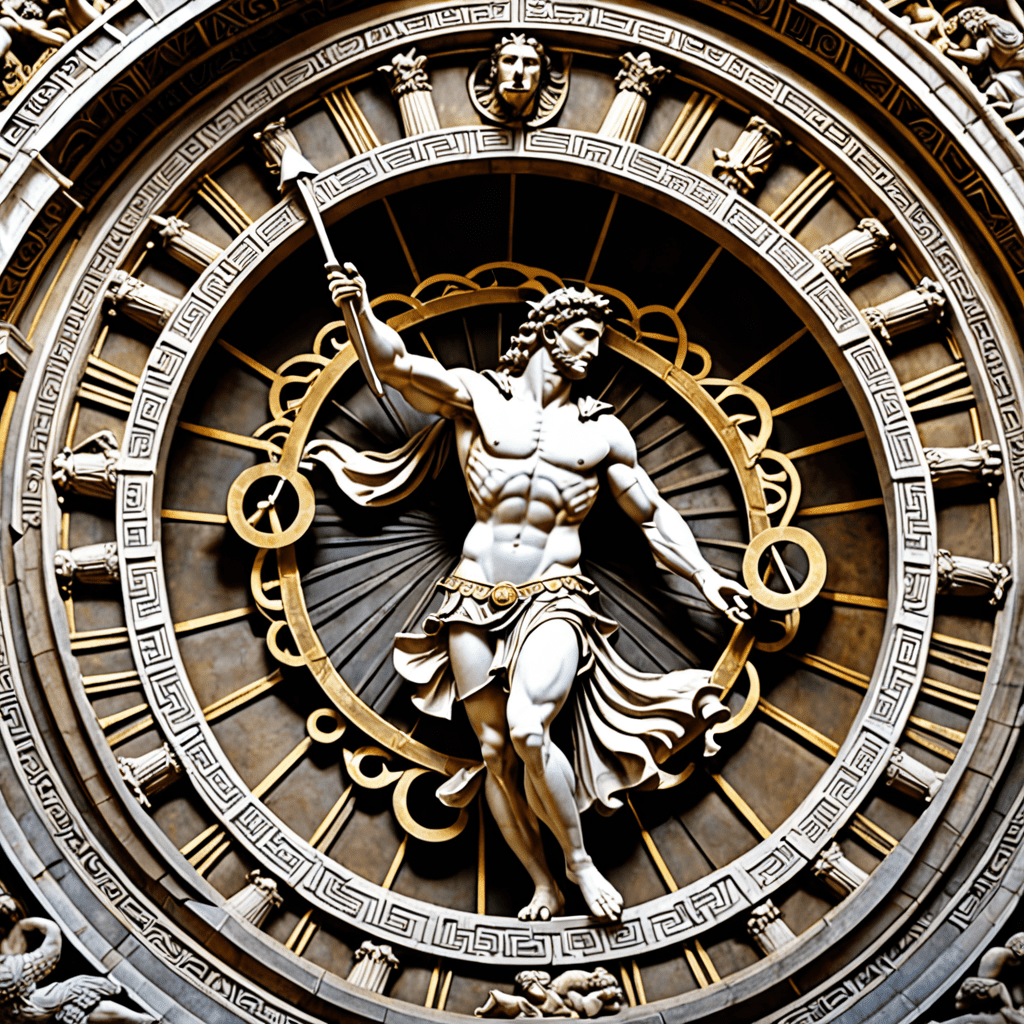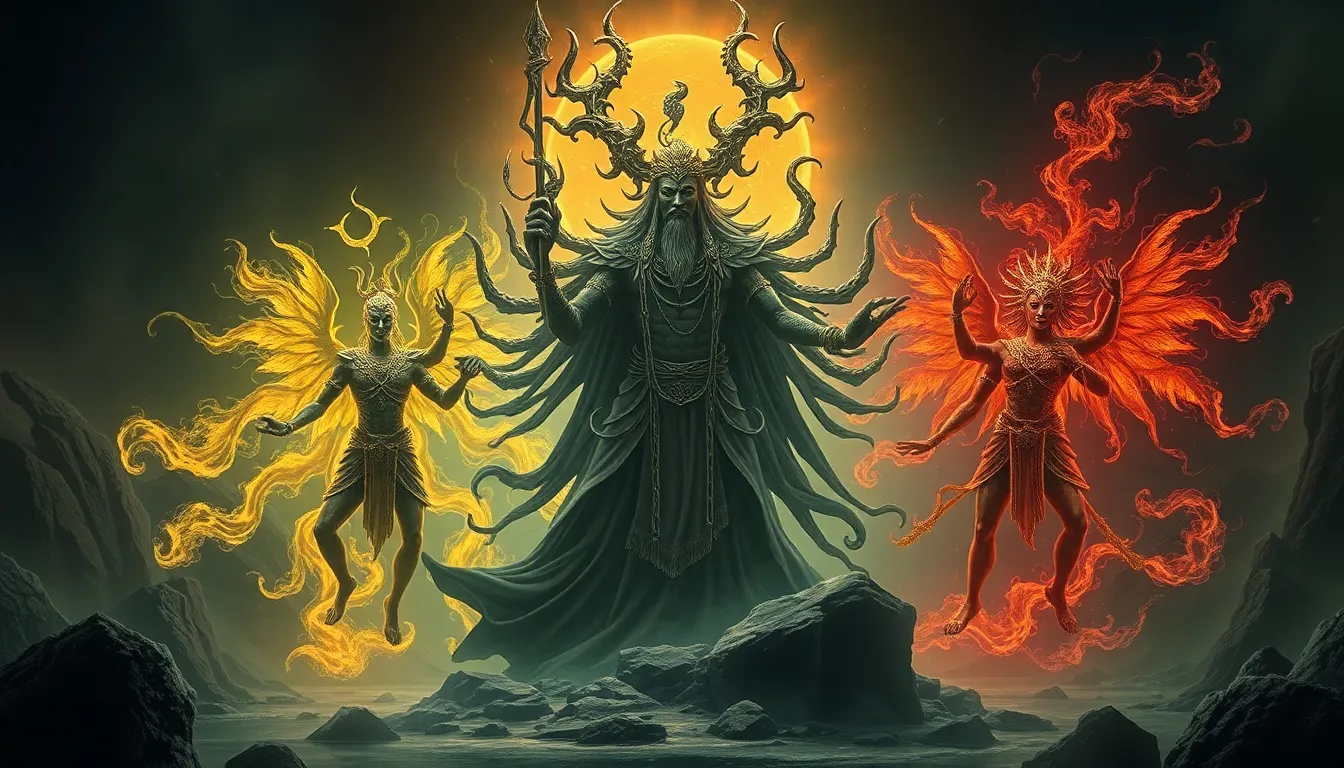The Symbolism of Cycles and Patterns in Roman Mythology
Roman mythology is rich in symbolism, encompassing a multitude of tales that often revolve around cycles and patterns. These narratives highlight the ancient Romans’ understanding of the interconnectedness of life, death, and the natural world. Let’s delve into the profound symbols of cycles and patterns found in Roman mythology.
1. Mythological Deities and Cycles:
In Roman mythology, many deities represent various aspects of nature and life cycles. For instance, the god Janus embodies transitions, beginnings, and endings, signifying the cyclical nature of time. Janus is often depicted with two faces looking in opposite directions, symbolizing the past and the future, a constant cycle of renewal and change.
2. The Eternal Return in Roman Mythology:
The concept of the eternal return is prevalent in Roman mythology, illustrated through stories of rebirth and regeneration. The myth of the phoenix, a bird that rises from its ashes, embodies this eternal cycle of death and resurrection. This symbolism emphasizes the inevitability of change and transformation in life.
3. Astronomical Patterns and Roman Beliefs:
Romans attributed great significance to celestial bodies and their movements, finding meaning in astronomical patterns. For example, the cycles of the sun and moon held symbolic importance in Roman religious practices and mythological stories. The sun represented vitality and strength, while the moon symbolized cycles of fertility and reflection.
4. Rituals and Festivals Celebrating Cycles:
Celebratory rituals and festivals in Roman culture often marked cyclical events such as harvests, solstices, and equinoxes. These festivities honored deities associated with agriculture, seasons, and renewal, linking human activities to the natural rhythms of the Earth. Through these rituals, Romans paid homage to the cyclical patterns guiding their lives.
FAQ about The Symbolism of Cycles and Patterns in Roman Mythology
What do cycles and patterns symbolize in Roman mythology?
Cycles and patterns in Roman mythology often symbolize the concept of eternal recurrence, reflecting the repetitive nature of life, death, and rebirth. These symbols also signify the interconnectedness of various aspects of existence, like the changing seasons, the movement of celestial bodies, and the passage of time.
How do cycles and patterns appear in Roman myths?
In Roman myths, cycles and patterns manifest through stories of gods and goddesses associated with natural elements and phenomena. For example, the tale of Persephone’s descent into the underworld and subsequent return symbolizes the changing seasons and the cycle of life and death. Additionally, the myth of Janus, the god of beginnings and transitions, represents the cyclical nature of time and the perpetual renewal of life.
What significance do cycles and patterns hold in Roman culture?
Cycles and patterns in Roman culture serve as reminders of the inevitability of change and transformation. They emphasize the idea of continuity and the cyclical nature of existence, encouraging individuals to embrace new beginnings, endure hardships, and appreciate the interconnectedness of all life forms.



